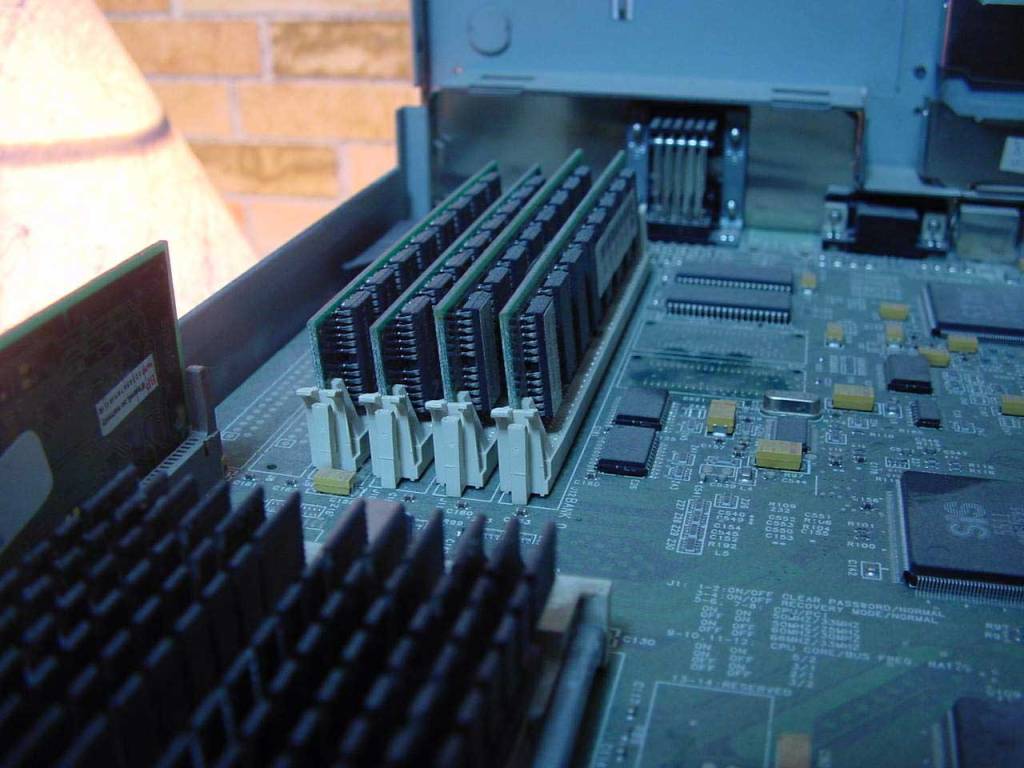
In the previous computer architecture blog I discussed about Von Neuman architecture and it’s components. Now I am going to dive deeper into Computer Organization.
The basic computer organization requires following system and techniques:
a. Memory Syste,
b. Input Output System,
c. Secondary Storage Techniques and
d. I/O Technology.
In this blog, I will try my best to explain one of these systems: THE MEMORY SYSTEM.
a. The Memory System:
Computer memory system includes the storage devices and the algorithms or information on how to control and manage these storage devices.
Computer memory consists of various types of memories. These types of memories are organized hierarchically. This hierarchy is determined based on two factors:
i. Cost
ii. Speed of access
As access time (time taken by CPU to access the memory location) decreases (faster access) cost per bit increases. This relationship determines the hierarchy of memory types.
Memory Types and Hierarchy

The memory types in a computer system are:
a. Registers: These reside with the CPU. Fastest access time. Most costly of all memory types.
b. Cache: Cache resides between CPU and Main memory. It is extremely fast. It helps in speeding up and synchronization. They have faster access time than main memory and are costly than main memory.
c. Main Memory: Main memory also commonly referred to as RAM, is another type of memory. It is faster than secondary storage but slower than Cache or registers.
d. Secondary Storage: Commonly referred to as hard disks. These have slower CPU access time than main memory and have lower cost/bit.
e. Mass storage devices: Commonly known as external hard drives. These are removable storage devices with large storage capacity but low CPU access time.
We can see a pattern forming in the types of memory. The faster the access time is, more costlier the memory type is. This pattern is what forms the hierarchy of memory types.

This is all for this blog. In the next blog of this series, I will dive deeper into each of the memory types starting with Main Memory (RAM). Don’t miss it!
Thank you for reading,
Bye!